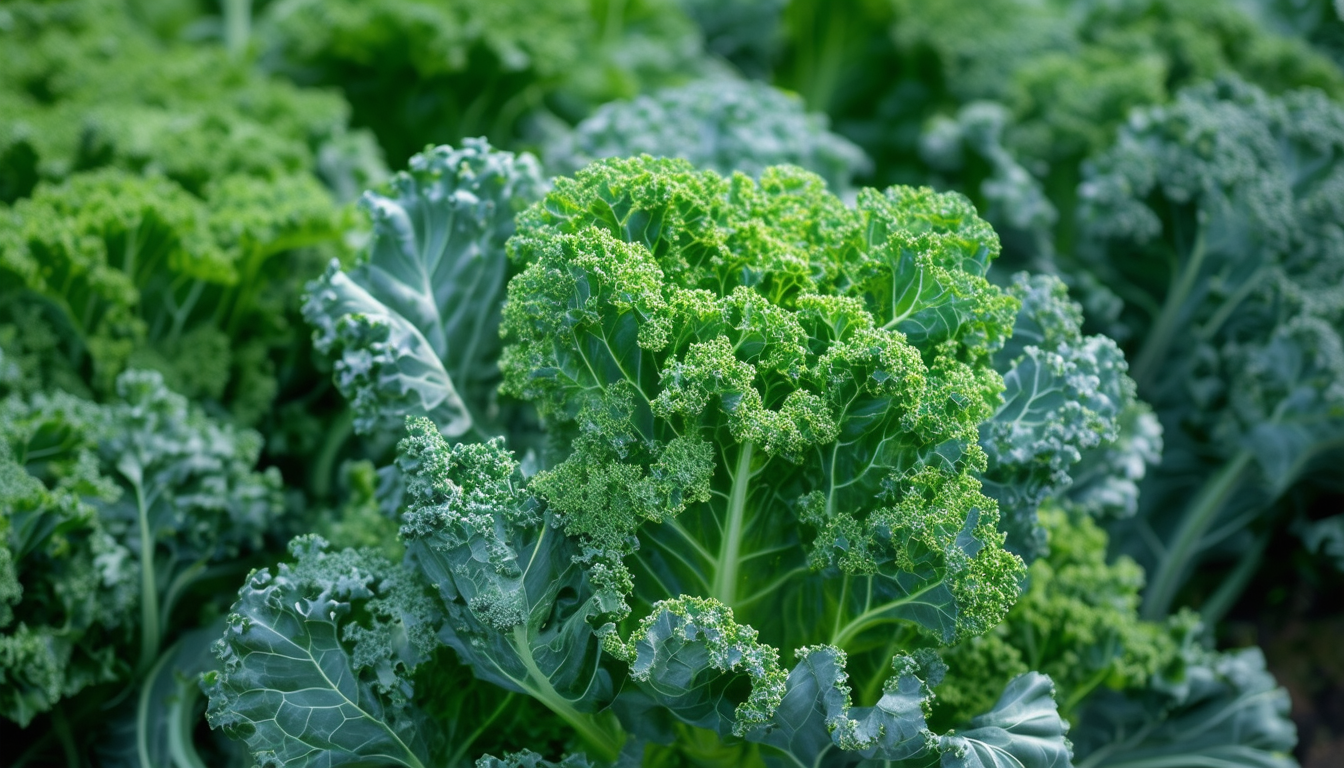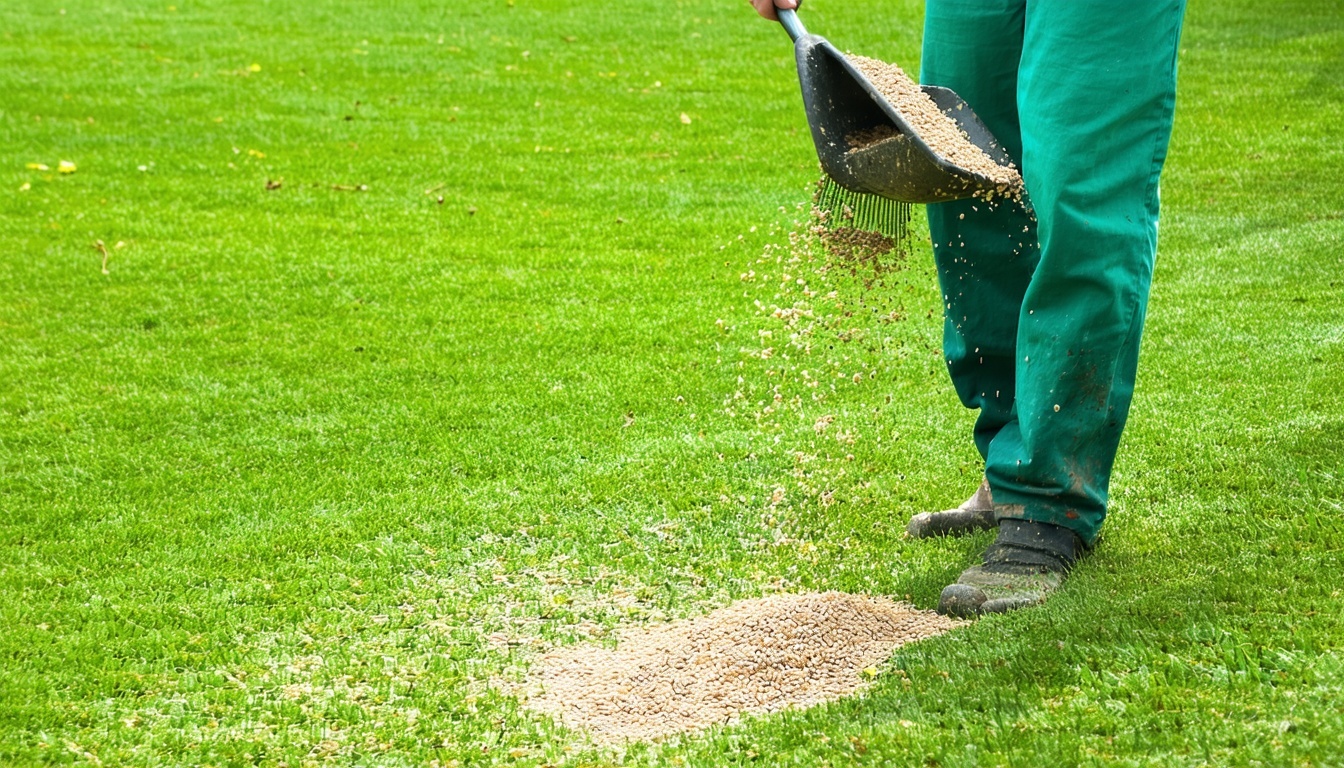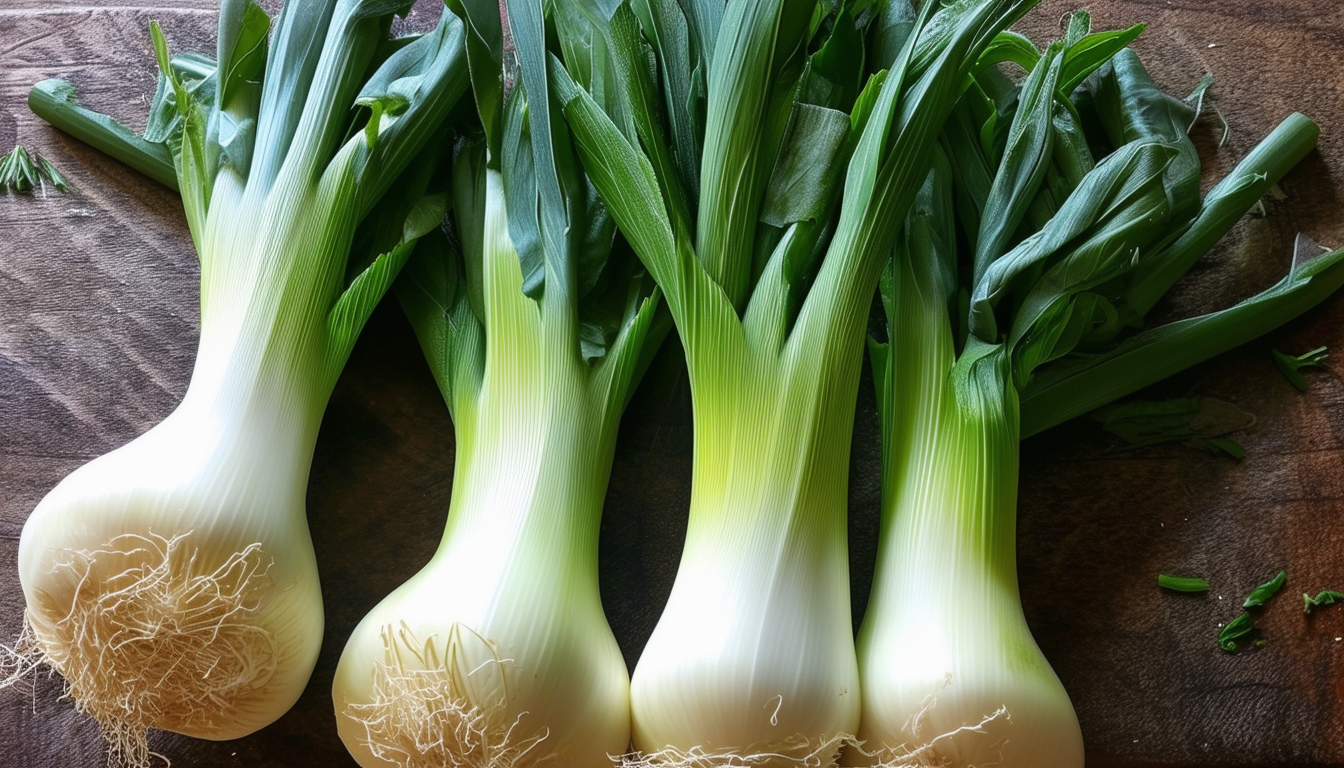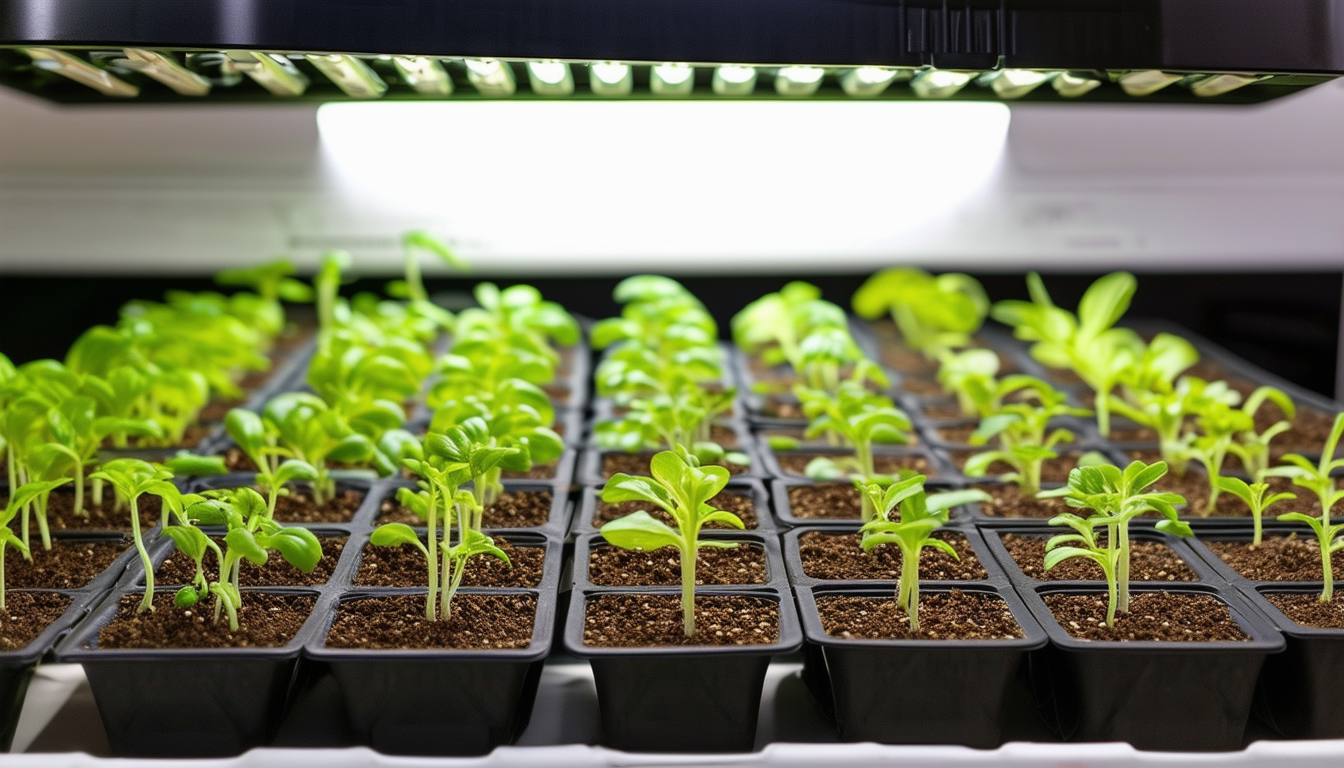
Unlock the secrets to a thriving kale garden by starting your seeds indoors with this comprehensive guide.
Intro - Why Germinate Kale Seeds Indoors?
Starting kale seeds indoors provides a controlled environment, giving your seeds the best chance to germinate and thrive. This method allows for a head start on the growing season, ensuring robust and healthy seedlings ready for transplanting when the outdoor conditions are optimal.
Indoor germination also helps protect young plants from early spring pests and unpredictable weather, giving them a nurturing start in their journey to becoming a vital part of your garden.
5 Step Process to Start Kale Seeds Indoors
1. **Prepare Your Materials**: Gather seed trays, high-quality seed starting mix, and kale seeds. Fill the trays with the seed starting mix and moisten it lightly.
2. **Plant the Seeds**: Sow the kale seeds about ¼ inch deep in the seed starting mix. Cover lightly with more mix and spray with water to ensure even moisture.
3. **Provide Proper Conditions**: Place the trays in a warm location (about 65-75°F). Use a heat mat if necessary to maintain consistent temperatures.
4. **Light and Watering**: Once seeds germinate, move the trays to a bright area or under grow lights. Ensure they receive 12-16 hours of light daily. Keep the soil moist but not soggy.
5. **Thinning**: When seedlings have two sets of true leaves, thin them out to ensure they have enough space to grow strong and healthy.
Transplanting Your Kale Seedlings Outdoors
Before transplanting, harden off your seedlings by gradually exposing them to outdoor conditions over a week. Start with a few hours in a sheltered spot and increase the time and exposure each day.
Plant your kale seedlings outdoors in well-prepared soil, ensuring they are spaced about 12-18 inches apart. Water thoroughly after planting and keep the soil consistently moist.
Height, Spread, & Harvest time
Kale plants typically grow to a height of 1-2 feet with a spread of about 1-1.5 feet. Harvest time varies by variety, but generally, you can start harvesting leaves about 55-75 days after germination.
Harvest the outer leaves first, allowing the inner leaves to continue growing. This method provides a continuous supply of fresh kale throughout the season.
Best Fertiliser, Soil & Optimum Growing Conditions
Kale thrives in well-draining, fertile soil with a pH between 6.0 and 7.5. Incorporate compost or well-rotted manure into the soil before planting.
A balanced fertilizer (e.g., 10-10-10) applied every 4-6 weeks will support healthy growth. Kale prefers cooler temperatures, ideally between 60-70°F, and full sun to partial shade.
Common Issues, Pests & Diseases
Common pests include aphids, cabbage worms, and slugs. Regularly check your plants and use organic pest control methods like neem oil or insecticidal soap.
Diseases such as downy mildew and black rot can affect kale. Ensuring proper spacing, avoiding overhead watering, and rotating crops can help prevent these issues.
Best Varieties & Why
Popular kale varieties include 'Curly Kale' for its frilly leaves and robust flavor, 'Lacinato' (Dinosaur Kale) for its dark, tender leaves, and 'Red Russian' for its attractive purple stems and mild taste.
Each variety has unique characteristics, making them suitable for different culinary uses and growing conditions.
Frequently Asked Questions on Kale
When should you start kale seeds indoors? You should begin sowing kale seeds indoors approximately 6-8 weeks before the last expected frost date in your area. This timing allows the seedlings to develop strong roots and leaves before being transplanted outdoors.
When to plant kale in Ireland? In Ireland, the ideal time to plant kale is from April to June for a spring harvest, or from August to September if you are aiming for a fall crop. This schedule takes advantage of the mild climate to ensure healthy growth.
How many kale seeds per hole? It is recommended to plant one to two seeds per hole. This ensures that if one seed fails to germinate, the other has a chance to grow, providing a better likelihood of successful seedlings.
How big should kale seedlings be before transplanting? Kale seedlings should be about 4-6 inches tall and have at least two sets of true leaves before they are ready for transplanting. This size indicates that the seedlings are robust enough to handle the transition to outdoor conditions.
Do I need to soak kale seeds before planting? Soaking kale seeds before planting is not strictly necessary, but doing so can help speed up the germination process. Soaking softens the seed coat, allowing moisture to penetrate more easily and encouraging quicker sprouting.
Is kale hard to grow from seed? Growing kale from seed is relatively easy, provided you create the right conditions. With adequate light, water, and temperature control, kale seeds can germinate and grow into healthy plants with minimal difficulty.
Does kale come back every year? Kale is a biennial plant, meaning it typically completes its life cycle in two years. However, it is often grown as an annual, harvested in its first year for its nutritious leaves.
Do slugs eat kale? Yes, slugs are known to eat kale and can be a significant problem in gardens. They are particularly attracted to the tender leaves, so it's important to monitor your plants and use organic methods to control slug populations.
Where is the best place to plant kale? The best place to plant kale is in a sunny spot with well-draining soil. Kale thrives in these conditions, which help prevent waterlogging and promote healthy growth.
Why are my kale seeds not germinating? If your kale seeds are not germinating, it could be due to several factors, such as using old seeds, planting them at an improper temperature, or not providing enough moisture. Ensuring fresh seeds and optimal growing conditions can improve germination rates.
How many days does kale take to grow? Kale typically takes about 55-75 days to reach harvest, depending on the variety. This period allows the plant to develop its full flavor and nutritional profile.
What type of soil is best for kale? Kale grows best in well-draining, fertile soil that is rich in organic matter. This type of soil provides the necessary nutrients and structure for healthy root development.
How much room does a kale plant need? Each kale plant should be spaced 12-18 inches apart to ensure they have enough room to grow. Proper spacing allows for adequate air circulation and reduces the risk of disease.
Can you plant leggy kale seedlings deeper? Yes, you can plant leggy kale seedlings deeper in the soil. This helps support the stem and encourages additional root growth, which can stabilize the plant.
Does kale like being transplanted? Kale generally adapts well to being transplanted, especially if the seedlings are properly hardened off. Gradually exposing them to outdoor conditions helps them adjust and thrive in their new environment.
Does kale regrow after cutting? Yes, kale can regrow after cutting if you harvest the outer leaves first. This method allows the inner leaves to continue growing, providing a continuous supply of fresh kale.
How to plant kale indoors? To plant kale indoors, follow the indoor germination steps, ensuring you provide adequate light and maintain consistent moisture levels. This setup will help your kale seedlings grow strong and healthy.
Do kale seedlings need to be hardened off? Yes, kale seedlings should be gradually acclimated to outdoor conditions through a process called hardening off. This involves slowly increasing their exposure to the elements over a week or so.
What not to grow with kale? It is advisable to avoid planting kale near other brassicas, such as cabbage or broccoli, to prevent the spread of diseases that commonly affect this plant family.
Can kale be grown in pots? Yes, kale can be successfully grown in pots, provided the container is at least 12 inches deep. This depth allows for sufficient root development and supports healthy plant growth.
What is the best fertilizer for kale? A balanced fertilizer, such as 10-10-10, is ideal for kale. This type of fertilizer provides the essential nutrients needed for robust growth and leaf production.
How long does kale take to grow from seed? Kale takes approximately 55-75 days to grow from seed to harvest, depending on the variety. This timeframe allows the plant to mature and develop its full flavor.
Should you let kale flower? Typically, you should not let kale flower, as it can affect the quality of the leaves. Flowering signals the plant to focus energy on seed production rather than leaf growth.
What is the lifespan of a kale plant? Kale is usually grown as an annual, but in mild climates, it can survive into a second year. During this time, it may produce seeds if allowed to flower.
How often should I water kale? Kale should be watered regularly to keep the soil consistently moist but not waterlogged. This balance helps prevent stress and supports healthy growth.
What compost is best for kale? Rich, well-rotted compost is best for kale, as it provides essential nutrients and improves soil structure, promoting vigorous plant development.
How much kale from one plant? A single kale plant can yield about 1-2 pounds of leaves over the growing season, depending on the variety and growing conditions.
How deep does soil need to be for kale? The soil should be at least 12 inches deep to accommodate kale's root system and support healthy growth.
Can you grow kale from store-bought kale? While it's possible to grow kale from store-bought kale, it's generally best to use seeds or seedlings for more reliable results.
Can I grow kale in a greenhouse? Yes, growing kale in a greenhouse is an excellent way to extend the growing season and protect the plants from harsh weather conditions.



